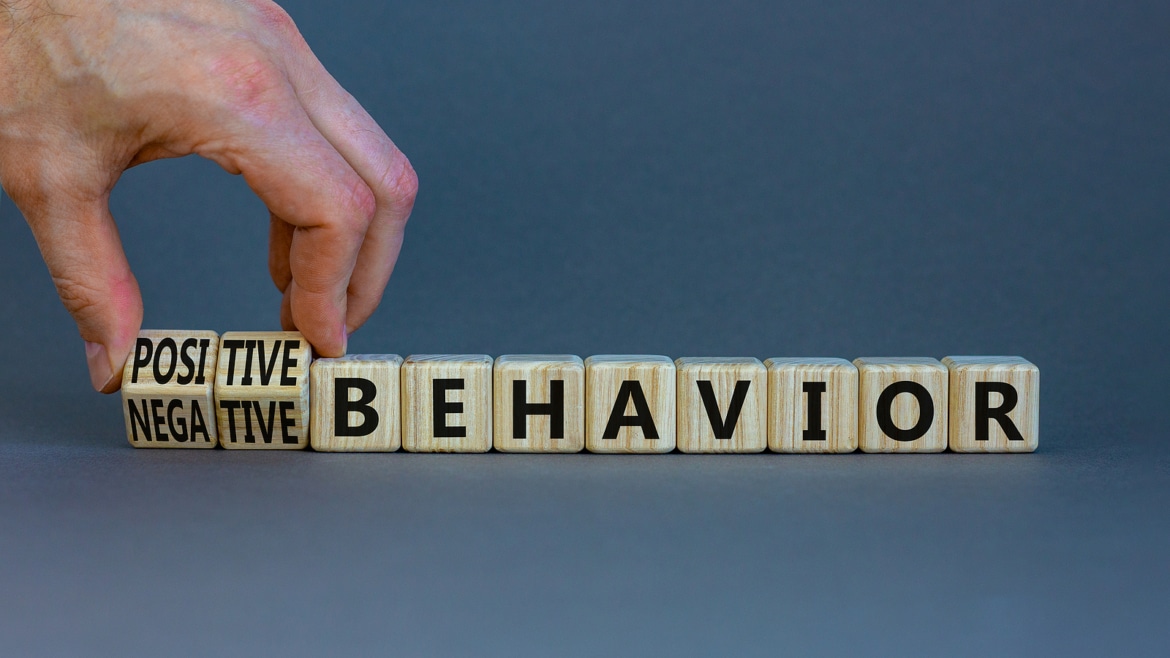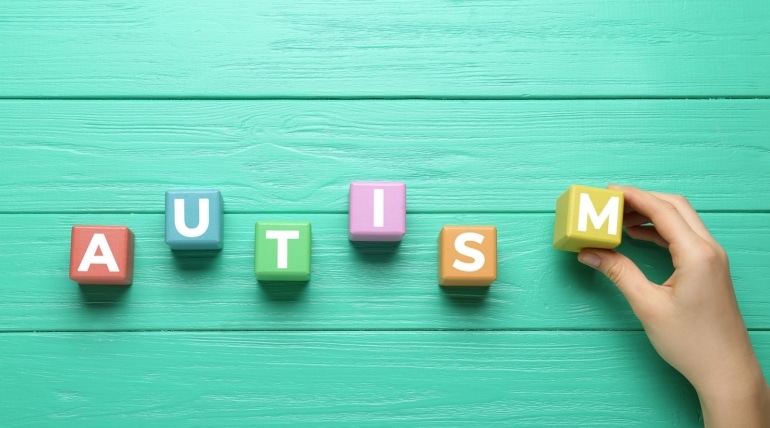A behavior that is positive and appropriate can help children learn better and have a more positive outlook on life, while a behavior that is negative and inappropriate can have the opposite effect, such as making children feel insecure and anxious. As such, parents and caregivers must assist their children in developing positive behaviors. The following are the top five positive behavior strategies for parents and caregivers to use:
Social Stories
According to Seda Karayazi Ozsayin, Ph.D. South Carolina, social stories can reduce nose-wiping behavior, a common problem among children, and instill a good habit of greeting people. The significant aspect of social stories is they are short, simple, and can be narrated anywhere. Social stories also provide information that can be reinforced often, as they work best when children are reminded of them regularly.
Visual Schedules
Visual schedules have been rated highly by scholars but for an excellent reason. In their research title, Dr. Chenyu and her team put this simply: “more attractive, more interactive.” In other words, visuals “have a positive effect on the learners or child’s emotions” and can help them better remember the things they need to do. A Visual schedule can be anything from a wall chart to a simple flip chart or a whiteboard.
Positive reinforcement
Positive reinforcement has enjoyed a great deal of approval from all sorts of experts in the field and has proven to be quite successful. For those hearing this term for the first time, positive reinforcement is a way to encourage desired behavior by rewarding it with something that the child likes. A great example is when a parent rewards their child for making their bed. Recent research by Amanda N. Zangrillo, Ph.D., affirms that “positive combined with negative reinforcement would decrease destructive behavior.” We’ll explain negative reinforcement next.
Negative Reinforcement
Negative reinforcement has been controversial for some time because it can quickly lead to a power struggle between parent and child. As such, negative reinforcement should be used sparingly and only when necessary. But generally speaking, it involves taking away something pleasant when bad behavior is shown to discourage it.
A great example is if a parent locks the TV away if they watch it and rejects homework. According to research by Sebastian Michelmann, a Cognitive NeuroScientist at Princeton University, negative reinforcement “motivates positive behavior and learning.”
Modeling and leading by example
The modeling approach is more related to the word itself to “model” the behavior that you would like to see from your children. Hence, the parents or caregivers must first model the desired behaviors and then reinforce them with positive rewards when they are observed in their child’s behavior. A good example is when a parent shows enthusiasm for going to school by taking an interest in homework or helping out in the classroom. This positive behavior can then be reinforced by praising your child or rewarding them when they show enthusiasm for school too.
These five strategies will help parents and caregivers foster a positive environment for their children and ensure they develop healthy behaviors that last a lifetime.
Reference:
- Andreatta, M., Michelmann, S., Pauli, P., & Hewig, J. (2017). Learning processes underlying avoidance of negative outcomes. Psychophysiology, 54 4, 578-590 .
- Shangguan, C., Wang, Z., Gong, S., Guo, Y., & Xu, S. (2020). More Attractive or More Interactive? The Effects of Multi-Leveled Emotional Design on Middle School Students’ Multimedia Learning. Frontiers in Psychology, 10.
- Andreatta, M., Michelmann, S., Pauli, P., & Hewig, J. (2017). Learning processes underlying avoidance of negative outcomes. Psychophysiology, 54 4, 578-590 .
- Zangrillo, A.N., Fisher, W.W., Greer, B.D., Owen, T.M., & DeSouza, A.A. (2016). Treatment of escape-maintained challenging behavior using chained schedules: an evaluation of the effects of thinning positive plus negative reinforcement during functional communication training. International Journal of Developmental Disabilities, 62, 147 – 156.
- Karayazi, S., Evans, P.K., & Filer, J.D. (2014). THE EFFECTS OF A SOCIAL STORY™ INTERVENTION ON THE PRO-SOCIAL BEHAVIORS OF A YOUNG ADULT WITH AUTISM SPECTRUM DISORDER. International journal of special education, 29, 126-133.




